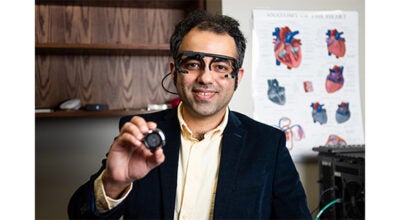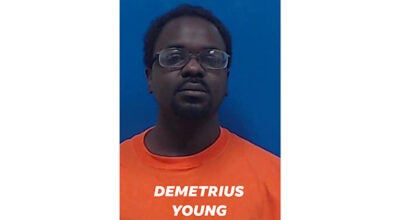Once critical to the American judicial system, so-called ‘junk science’ under scrutiny
Published 12:23 pm Monday, December 24, 2018
Some call it “junk science.”
It’s a derogatory term that refers to a handful of scientific analytical methods of doubtful reliability or accuracy, and its use as evidence in courtrooms across the nation is increasingly being called into question. National headlines in recent years have been filled with cases thrown out and decades-old convictions tossed on appeal after judges reconsidered decisions based on bite marks, burn patterns, blood-splatter patterns and even tool mark analysis, such as the mating of projectiles to firearms.
Forensic evidence derived from some of those methods make up a small part of nearly every major felony case heard in Lincoln County Circuit Court, but Judge Mike Taylor such analyses have never made nor broken a case here.
“Several fields of forensic science are under a lot of scrutiny lately — we’re asking jurors to do a very difficult thing, and we have to provide them with the best evidence we can,” he said. “The particular danger of bad science is that it’s not something jurors can judge or weigh based on their own experience. In our daily lives, we all rely on people who are experts and defer to them on their fields of expertise.”
Taylor said he can’t remember a local case where he or Judge David Strong have had only forensic evidence on which to rely. Even in cases where something like blood analysis is part of the evidence, it hasn’t always been necessary to focus on the science of the blood type, amount, pattern or other observation when witnesses are able to confirm how the blood got there in the first place.
“You don’t always need the weatherman to tell you which way the wind is blowing,” Taylor said.
But stories of over-reliance on “junk science” in other parts of the nation are plentiful.
This week, ProPublica published a story about the continued use of bloodstain analysis in courtrooms despite a 2009 report from the National Academy of Sciences that called the method subjective. The story highlighted the case of 50-year-old Julia Rea, who in 2010 was exonerated in the 1997 stabbing death of her 10-year-old son, a conviction that depended heavily on the testimony of bloodstain analysis.
The report found that of the 362 Americans who have been exonerated based on DNA tests, inaccurate forensic evidence contributed to almost half their convictions.
In 2016, the President’s Council of Advisors on Science and Technology released a report on the use of forensic evidence in criminal courts that identified two “important gaps” — the need for clarity about scientific standards and the reliability of forensic methods, and the need to evaluate those methods to make sure they are scientifically established.
The report found bite mark analysis to be unscientific, and urged further research and improvements to methods of fingerprint comparison and firearms analysis, and warned against reliability problems with hair sample analysis.
The 2016 report referred often to 2009 forensics report by the National Research Council’s Committee on Identifying the Needs of the Forensic Sciences Community. The older report recommended the establishment of a National Institute for Forensic Science to pool research and develop standards, but so far Congress has built no such entity — former U.S. Attorney General Jeff Sessions in 2017 terminated the justice department’s National Commission on Forensic Science.
Mississippi has its own history of “junk science.”
Former state pathologist Dr. Steven Hayne and forensic dentist Michael West have served as expert witnesses in criminal cases in the Magnolia State for around 20 years, but the reliability of their testimony has crumbled in recent years as several high-profile convictions they helped establish have been overturned. An overview of their work was featured in the 2018 book “The Cadaver King and the County Dentist,” by Washington Post criminal justice writer Radley Balko and University of Mississippi law professor Tucker Carrington.
West’s testimony — related to video analysis, not dentistry — was used in what may be the only case of “junk science” in Lincoln County. He testified in the 2001 trial of Leigh Stubbs and Tammy Vance, who were sentenced to 44 years in prison for aggravated assault and morphine possession, partly based on a video West said showed them moving a body.
But an FBI analysis of the same video said otherwise. After the Mississippi Innocence Project got involved, the case was sent back down and, in 2012, Taylor threw out the convictions. In December 2013, Stubbs and Vance pleaded guilty to the drug charge and were sentenced to time served.
Taylor said the way to keep “junk science” from affecting cases is to closely follow the Mississippi Rules of Evidence, which give judges the power to determine the qualifications of an expert witness and whether or not that witness’ testimony is based in fact and is “the product of reliable principles and methods.”
More News





